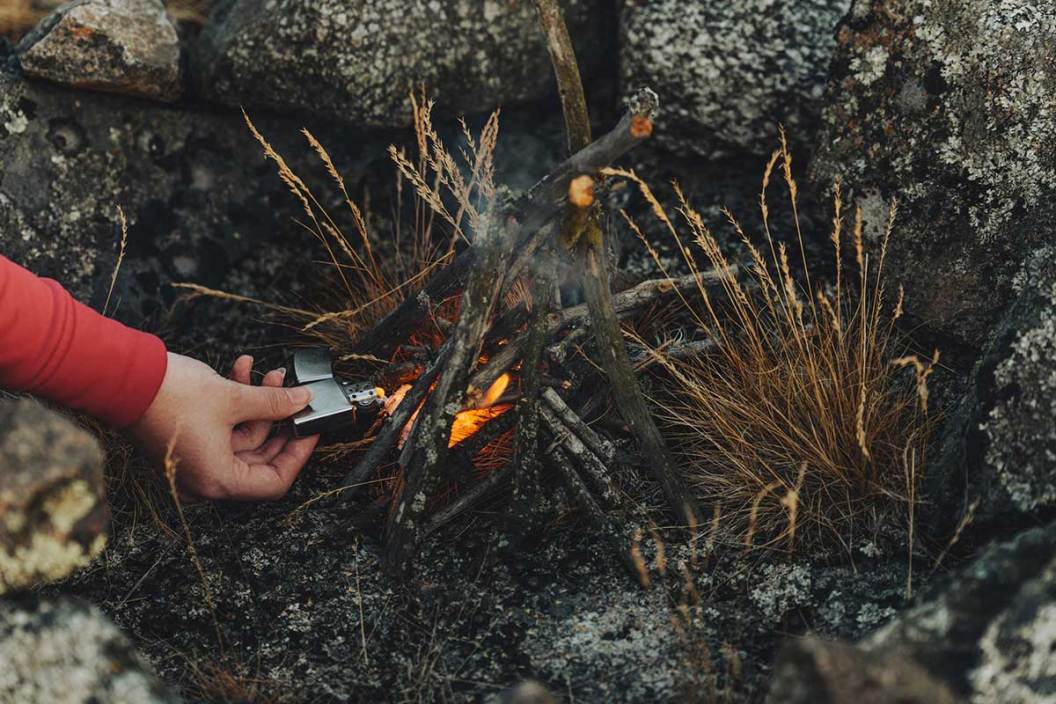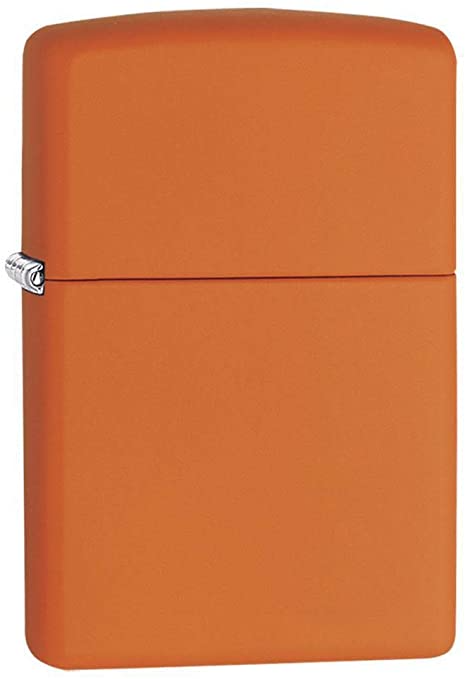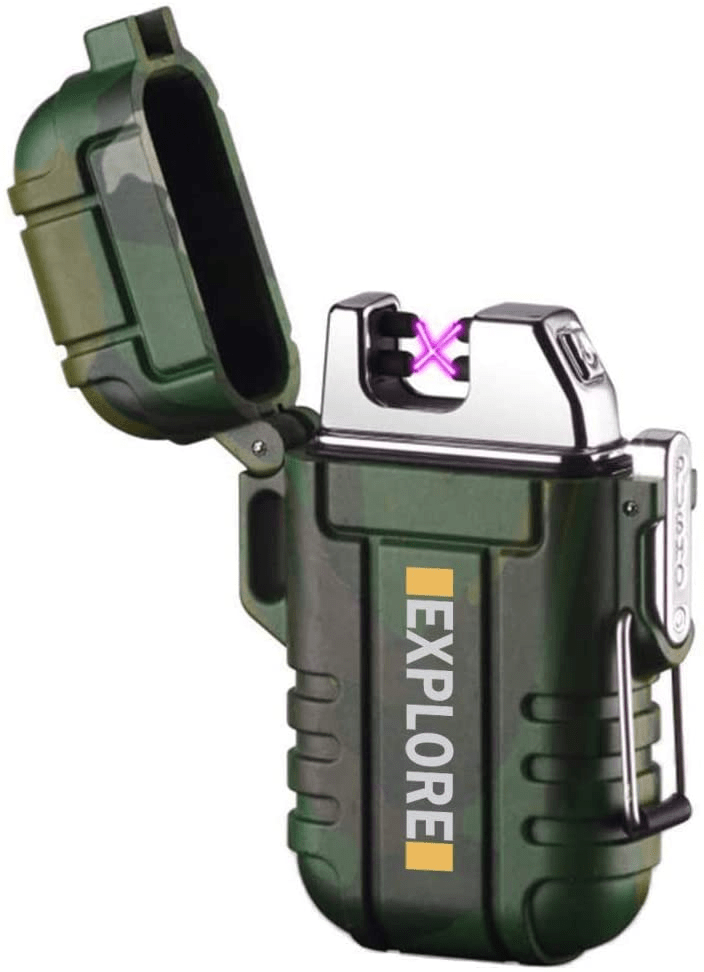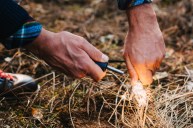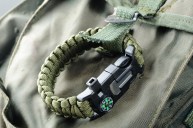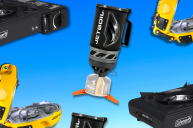Here's what you should consider when choosing a lighter for survival.
In the wilderness, either on a camping or hiking expedition, an extended hunting trip, or in a survival situation, the ability to start a fire is of paramount importance. Everyone should have multiple methods for fire starting included in their survival gear.
In addition to starting fires, there are a million lighter uses. Having a good lighter, along with a good emergency fire starter, is as important as a good knife or multitool.
Can You Bet on a Bic?
Some people rely on a simple disposable Bic lighter, because for the most part they are pretty dependable, last a long time, are cheap and easy to find, and they're light and unobtrusive as a piece of EDC gear. Plus, even if they run out of fuel, the flint is still good for creating sparks for a good bit longer. That can get tinder going in a pinch.
But they aren't the best option for a rugged survival lighter and they're hardly windproof, which can make starting a fire extra challenging and result in wasted fuel. Any other brand of disposable lighter other than Bic, in my experience, isn't worth the plastic its made of, even in ideal conditions.
There are some products out there that act as a waterproof and shockproof case for a Bic, like the ABS plastic Exotac fireSLEEVE, making them more suited for the field. That's certainly an option to explore.
Something else to consider: A disposable butane fuel lighter will not work in cold weather because of its fuel type. And I'm not talking sub zero temps. A lighter like a Bic is fulled with butane in its liquid state under pressure. Their durability is certainly high, but they can be finicky in other ways. When you press the valve, the internal pressure forced the butane out of the nozzle, where it becomes a gas under normal air pressure and is ignited by the spark.
If you've ever left a butane lighter in your car overnight in the winter, you know that if it's below freezing, you're going to get a tiny little flame or nothing at all until you warm the lighter, and the butane inside, up with your hands for a few minutes. If you're talking subzero temps, it just isn't going to work, because in cold temps there isn't enough pressure in the lighter to force the butane out of the nozzle.
Is Zippo the Way to Go?
Some folks like to carry an old fashioned stainless steel "windproof" Zippo lighter in the field, and this old school fire starter has its merits. They aren't actually windproof lighters, but they do better than a Bic and they are refillable.
Specifically designed to burn Naptha lighter fluid, they can pretty much burn any flammable liquid you come across if you're in a pinch. GIs in WWII and Vietnam typically filled their Zippos with gasoline.
But if you've carried a Zippo, you know that they aren't sealed in any way. Technically, the lighter fluid is constantly leaking out as vapor. These lighters were designed for people who smoked a bunch of cigarettes and were intended to be refilled about once a week with regular use.
If you throw a filled Zippo into your survival kit or bug out bag and don't give it another thought, it almost certainly won't make a flame when you need it. Yeah, there are ways around this; you can wrap a closed Zippo in plastic wrap, which will allow it to keep its fluid a lot longer while in storage. Or you can put a really thick rubber band around the Zippo lighter covering the seam where the lid meets the body. This will keep the fluid in and keep water out.
Ultimately, there are better options out there for a reliable fire starter.
Electric Lighters Are a Breakthrough
In addition to butane and lighter fluid lighters, you will also come across electric lighters, some of which are referred to as arc lighters or plasma lighters.
The great thing about electric lighters is they require no fuel, just battery power. Yes, this is yet another thing in your life that has to be recharged, but some do take batteries. Most, however, are strictly USB rechargeable.
They're also windproof and splashproof, because they don't technically create a flame, instead creating intense heat by arcing electricity across two diodes. While they can't run out of fuel, the batteries can certainly die on you, and it becomes pretty much useless unless you have a power bank handy to recharge.
The accelerating technology has made even these electric lighters inexpensive for the most part, but the charge factor is key in determining if they're ideal as survival lighters or not.
Ending Thoughts on the Best Survival Lighters
Here's the thing: A lighter is like any survival tool in that you need it to be reliable and you need it to work. Unlike most survival gear, lighters of all kinds are compact and lightweight, so it's wise to carry several.
If you prefer a refillable lighter, take advantage of its capabilities and pack extra fuel. If it has a replaceable striker or flint, pack a couple of those too and stow away some extra ring seals. Make sure you're adept at refilling it in the field in adverse weather conditions. And don't be afraid to pack a long some of those disposable lighters if you have room.
While a classic Zippo has its limitations for survival, the company makes the Zippo Emergency Fire Kit, which consists of a flint spark wheel and five paraffin wax-coated pieces of cotton tinder (each burns for up to five minutes). All the items are packed into a water-resistant tube that is designed to float and can be affixed to any piece of gear via its lanyard hole.
And just because you have a lighter or two in your kit is no reason not to include something like the UST Blast Match or another type of magnesium or ferro rod fire starter. They aren't waterproof and they take a bit more work to get a good fire going, but they never run out of fuel, and as long as you don't lose it, you can pretty much start an unlimited number of fires.
NEXT: GEAR REVIEW: THE AFFORDABLE AND QUALITY-MADE MORAKNIV KANSBOL SURVIVAL KIT
